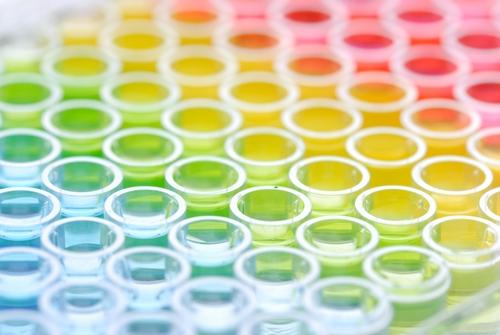Stem Cells Repair Damaged Neurons

What’s the Latest Development?
Two independent studies have concluded that injecting stem cells into the brain’s hippocampus can repair damaged neurons, opening the possibility of curing neurological disorders like Parkinson’s disease. Researchers at the U of Wisconsin-Madison injected human stem cells into damaged mice brains while Harvard scientists injected mice stem cells into mice brains. In both studies, the mice regained the ability to respond to stimuli thanks to repaired brain circuits.
What’s the Big Idea?
Stem cells have become famous for their ability to grow into any kind of cellular tissue, opening up wide new areas of research. Millions of Americans could benefit from recent research that demonstrates stem cells’ ability “to repair and grow diseased or damaged brain cells in higher-level conditions, such as spinal cord injury, autism, epilepsy, ALS (Lou Gehrig’s disease), Parkinson’s disease, and Huntington’s disease.” The Harvard study also gives hope to individuals struggling with obesity.
Photo credit: shutterstock.com





